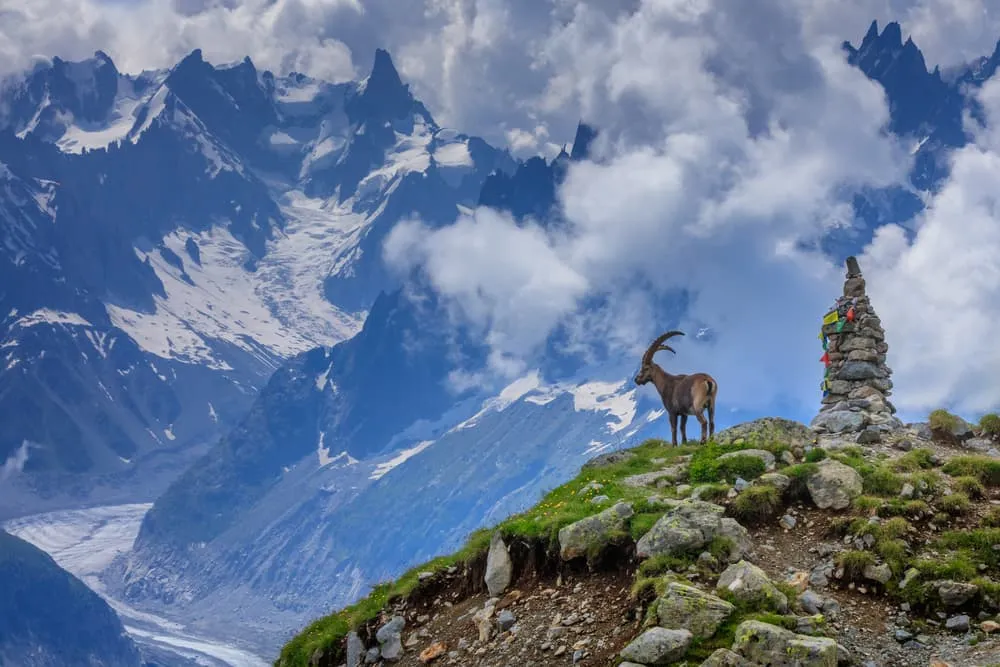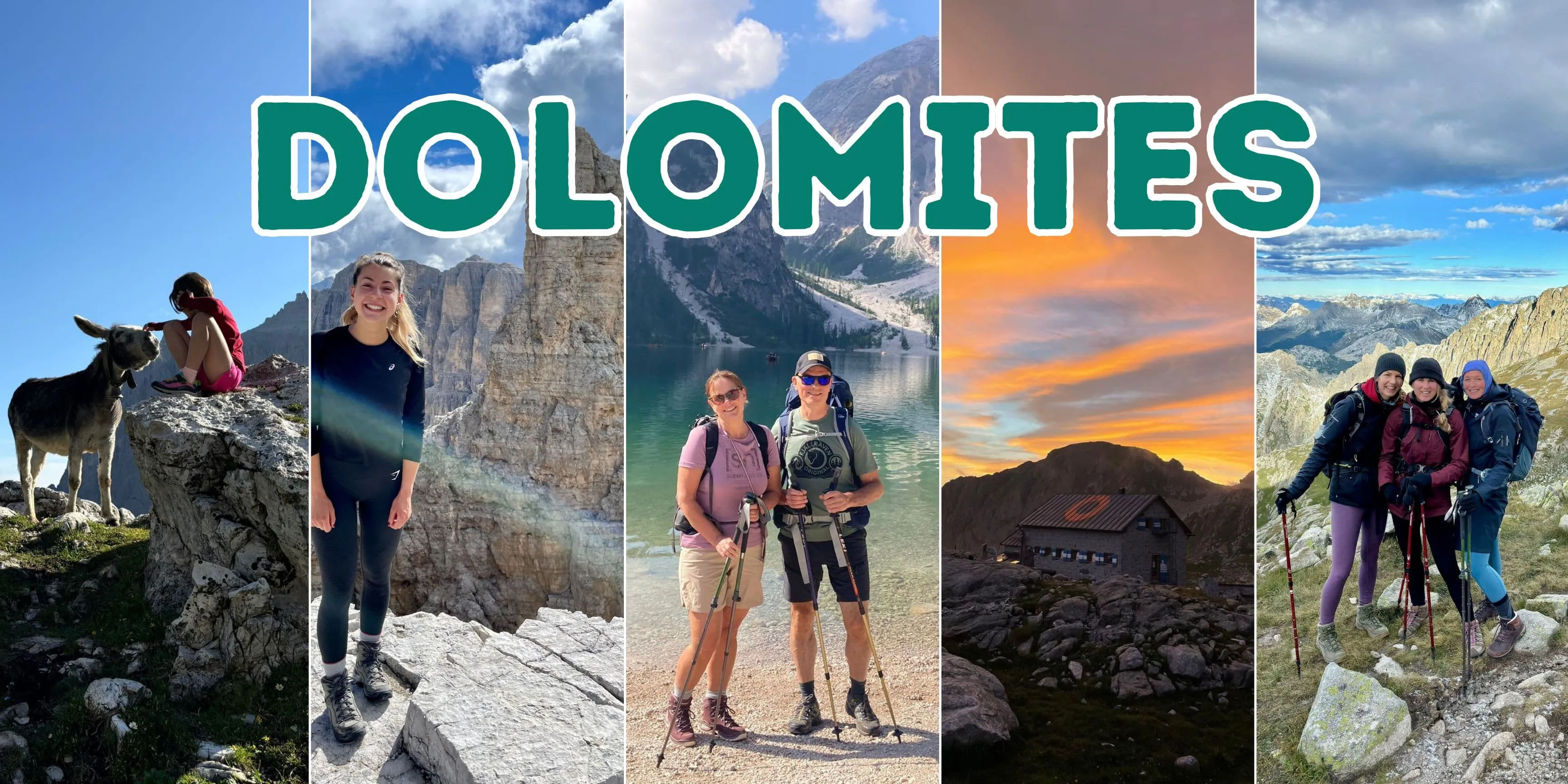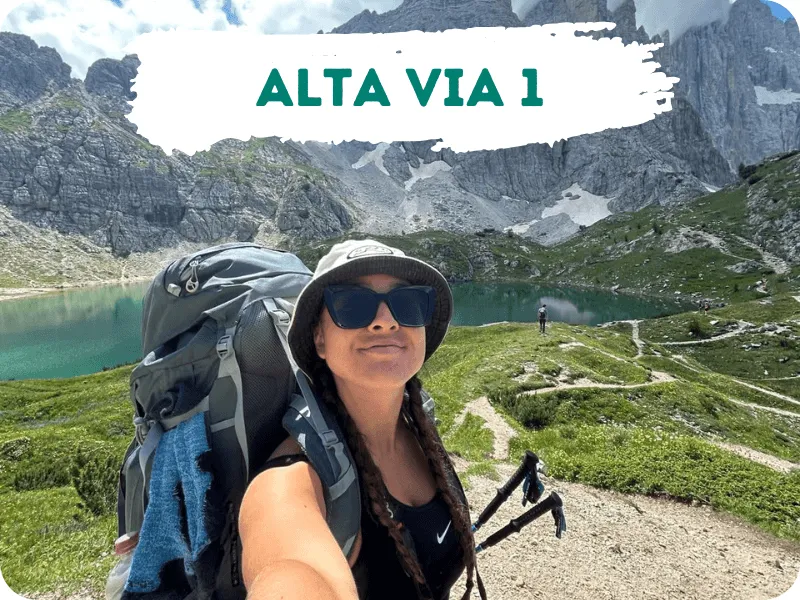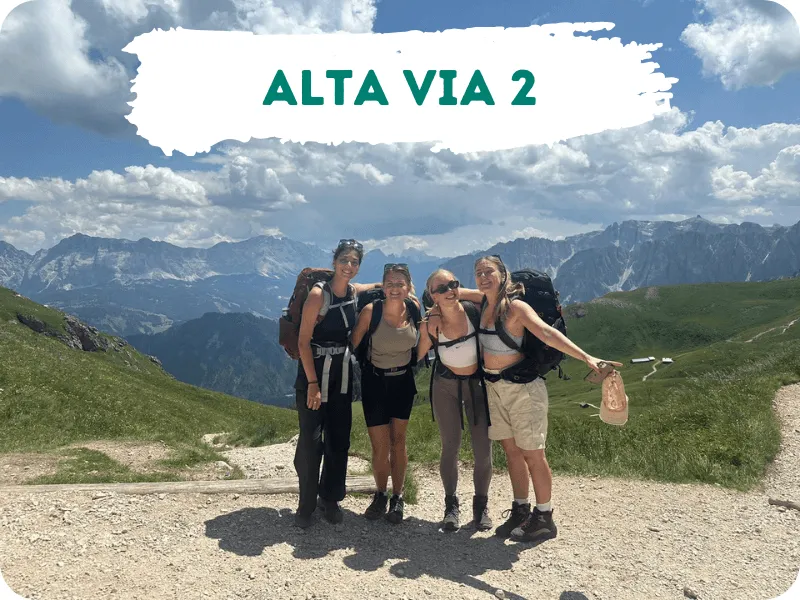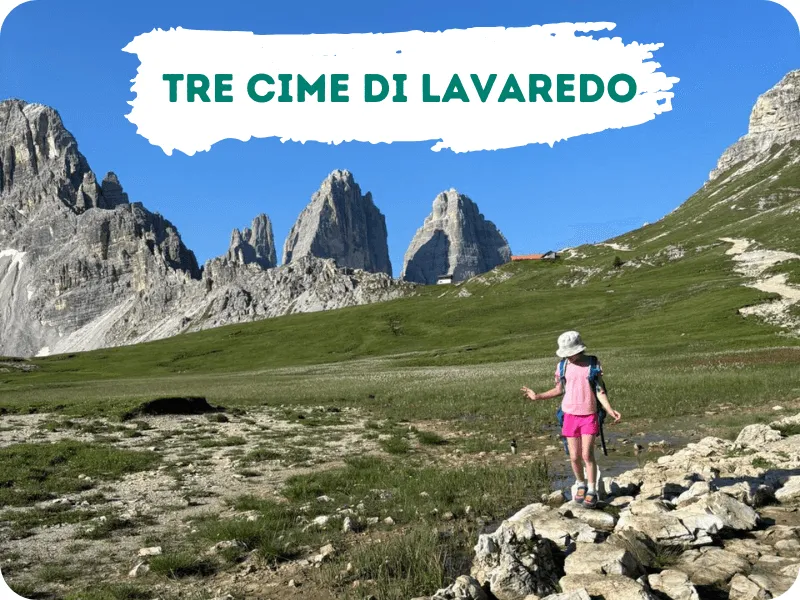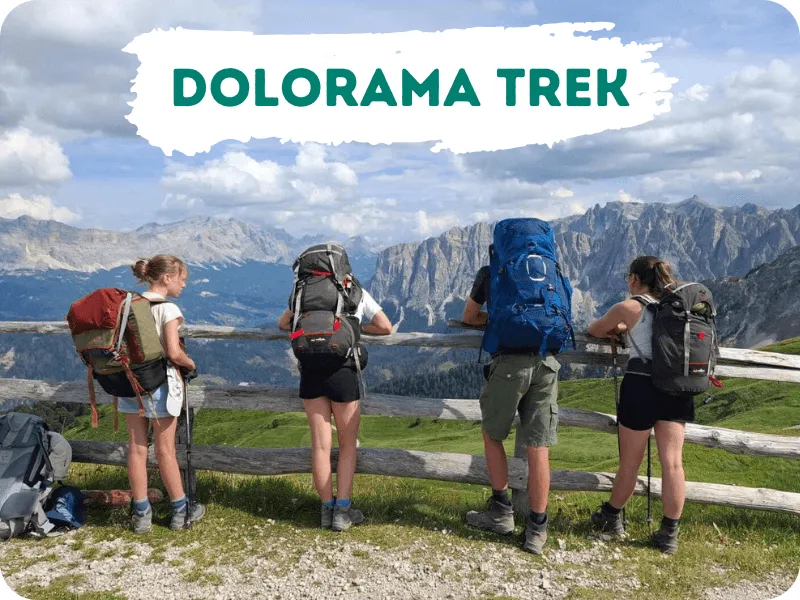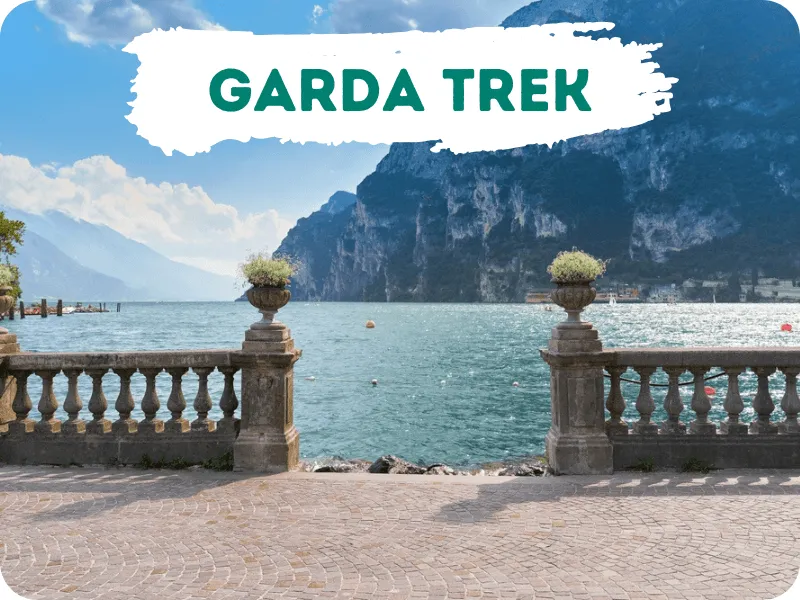⛰️ Experience the Dolomites Like Never Before without Stressing About Routes or Rifugios, Even If It’s Your First Time Hiking in Italy
You want to go hut to hut hiking in the Dolomites? Renowned for their UNESCO World Heritage status since 2009 and breathtaking alpine scenery, hiking truly reaches its peak in Alto Adige, also known as South Tyrol. Located in the Southern Limestone Alps, the Dolomites offer iconic multi day adventures such as the Alta Via 1 and Alta Via 2 trails. Think jagged peaks glowing at sunset, well marked trails through wildflower meadows, and cozy rifugios serving hearty Italian meals. While southern Italy charms with sunshine, the northern mountains invite you with solitude, clean alpine air, and a world class trekking infrastructure.
Whether you are looking for a three day trek, a four day route, or a more immersive five day experience, we have the right itinerary for you. Are you new to trekking? Then take a look at our Dolomites for beginners routes. Planning to hike with your family? Discover our Dolomites with children options for safe and memorable family adventures.



